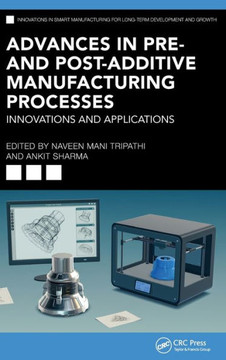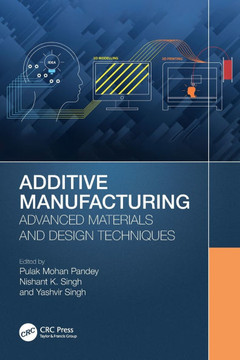
MDPI AG
Design and Post Processing for Metal Additive Manufacturing
Product Code:
9783036598864
ISBN13:
9783036598864
Condition:
New
$96.85
$85.91
Sale 11%

Design and Post Processing for Metal Additive Manufacturing
$96.85
$85.91
Sale 11%
Metal additive manufacturing (AM) has gained significant attention due to its ability to produce functional, net-shape parts using laser, electron beam, or binder jetting methods in various industrial sectors. Recent advancements in AM have opened up new opportunities for design freedom and the fabrication of complex geometries such as cellular solids, metamaterials, or biomimetic materials that are not easily achievable using conventional methods. Today, these objects can be created using computer-aided design (CAD) models and elemental or alloyed metallic powders. This Special Issue of Materials, titled "Design and Post Processing for Metal Additive Manufacturing", sought submissions on the design of elements with predicted microstructure and mechanical properties, the use of artificial intelligence/machine learning (AI/ML) in AM, numerical algorithms for AM, and µ-CT magining for quality control. While AM's powder bed manufacturing provides the possibility of fabricating objects of any shape in one production step, it does come with some disadvantages. A major drawback is the need to generate support for the fabricated parts to dissipate the heat generated during the 3D printing process and minimize the geometrical distortions caused by internal stresses from metallic powders. This Special Issue also covers computer simulations and improved fabrication protocols that can help reduce these issues.
| Author: Bartlomiej Wysocki, Joseph Buhagiar, Tomasz Durejko |
| Publisher: Mdpi AG |
| Publication Date: Jan 05, 2024 |
| Number of Pages: NA pages |
| Language: English |
| Binding: Hardcover |
| ISBN-10: 3036598863 |
| ISBN-13: 9783036598864 |





